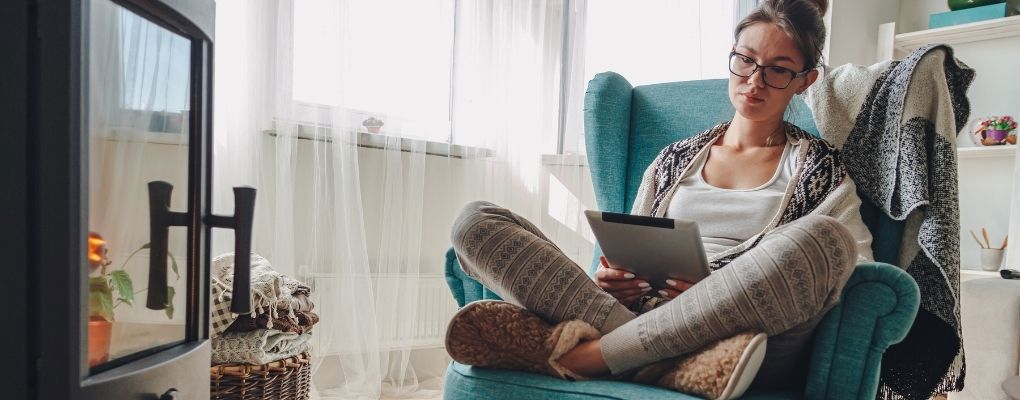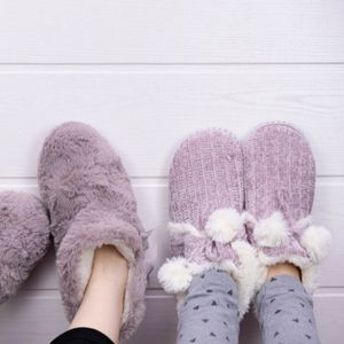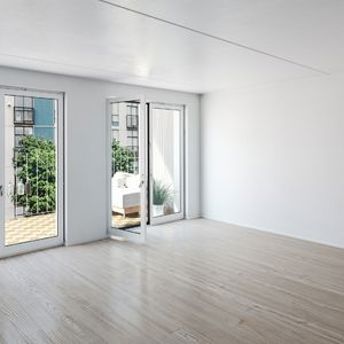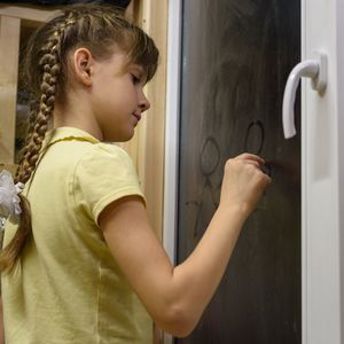
Reading Time: 4 Minutes
Keeping Your House Warm
As winter approaches it’s time to consider the most energy-efficient ways of keeping our homes warm. Sufficient insulation, efficient heating and dressing your home for the winter months can all combine to keep your bills down and your body warm!
Check Your Insulation
First up, it’s worth checking your insulation is up to scratch. Landlords will know all about the Healthy Homes regulations, including the minimum thickness for ceiling insulation and the requirement to stop any unnecessary gaps and holes. It’s a good idea to employ these standards in your own homes as well. Read more about Healthy Homes Standards and its requirements at our Healthy Homes Hub.
Look for an Energy-Efficient Heating Source
Heat pumps, wood burners, wood pellet burners, electric heaters and flued gas heaters are all options for heating your home.
Heat Pumps
The right heat pump is a low-carbon option that has the advantage of being cheap to run and providing immediate heat. Be sure to make use of the timer to ensure your home is always warm when you need it to be, and only when you need it to be.
Wood Burners
Modern, clean-burning wood burners make use of renewable wood energy and can be a good option. They can’t be put on a timer, however, will take some time to get a room warm, and do release carbon as the wood burns.
Wood Pellet Burners
Wood pellet burners burn cleanly and are more convenient than traditional wood burners. Featuring one-touch lighting, a thermostat and a timer, they’ll heat your room just when you need it. Pellets are made from waste wood products like sawdust. There is still a carbon release when they are burned but the uniform nature of the burner and the lower moisture content results in a lower level of release for the heating gained.
Electric Heaters
Electric heaters are a good option in smaller rooms. These are inexpensive to buy but can be more expensive to run than other options. Opt for one with a higher wattage and a thermostat – and remember that fan heaters should never be left running unattended as they can be a significant fire hazard.
Flued Gas Heaters
Flued gas heaters send toxic fumes and moisture outside and are preferable to unflued gas heaters, but they do contribute to greenhouse gas emissions.
What Not to Choose
Landlords will be familiar with the Healthy Homes heating standards which are, again, a good guide for your own property. Unflued gas heaters, open fires and electric heaters with a heating capacity greater than 2.4 kilowatts (excluding heat pumps) are considered to be inefficient or unhealthy to run and do not meet the Healthy Homes heating standards.
How Warm Should My House Be?
The World Health Organisation recommends a minimum indoor temperature of 18ºC – warm enough to protect people against the health risks of being cold. Set your thermostat to above 18ºC to eliminate dampness and mould, but below 21ºC to help save energy.
Dress for Success
Although a well-insulated, draught-free and well-heated home is a must, there are also plenty of ways of decorating your house that will help banish the cold.
Popping a warm throw on your sofa is not only stylish but practical too. There’s nothing better than snuggling down under a luxurious blanket at the end of a hard day, and there’ll be no need to turn the heating up either! Ensuring your bedding is sufficient is also a great idea – make sure to switch out your summer-weight duvet for a winter one. Pop a sheepskin rug on the back of your office chair for those WFH days… you’ll be surprised how much of a difference it makes, and it’s super comfy too! And of course, good quality thermal drapes that fully cover the window and frame and reach the floor make an enormous difference in keeping a home warm in winter.
Other Tips
In order to keep your home dry, you need to ventilate during the daylight hours to allow moisture from people breathing, clothes drying and food cooking to exit. Get semi-locking window catches or put them on a window stay that allows for secure trickle ventilation.
Preparing Your Rental Property for the Winter Months
If you’re a landlord take a look at our recent article on preparing your property for the winter months for some more tips on meeting the Healthy Homes standards and ensuring your tenants are warm and comfortable this winter.







